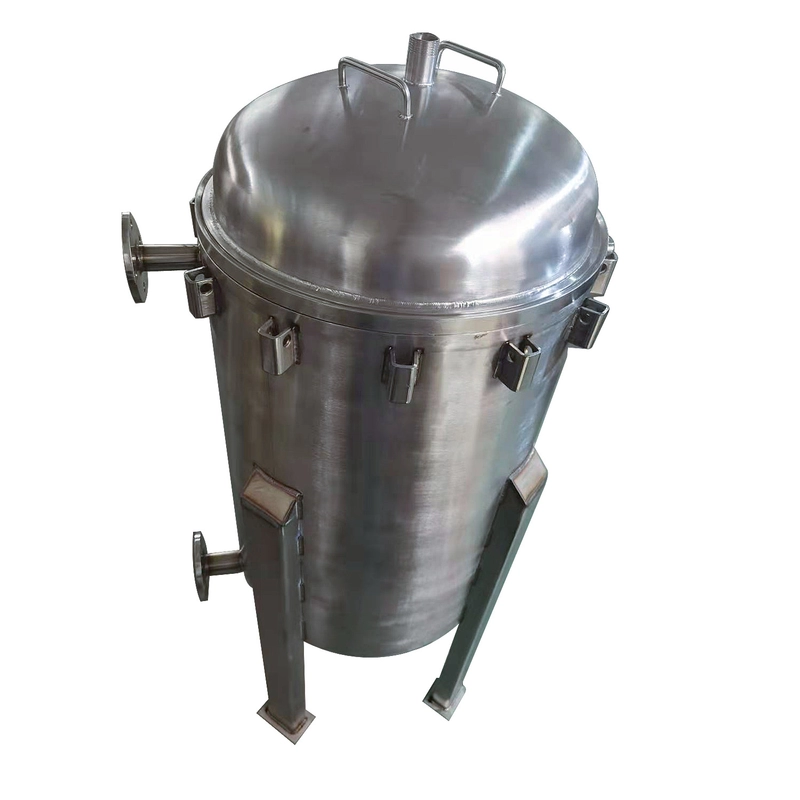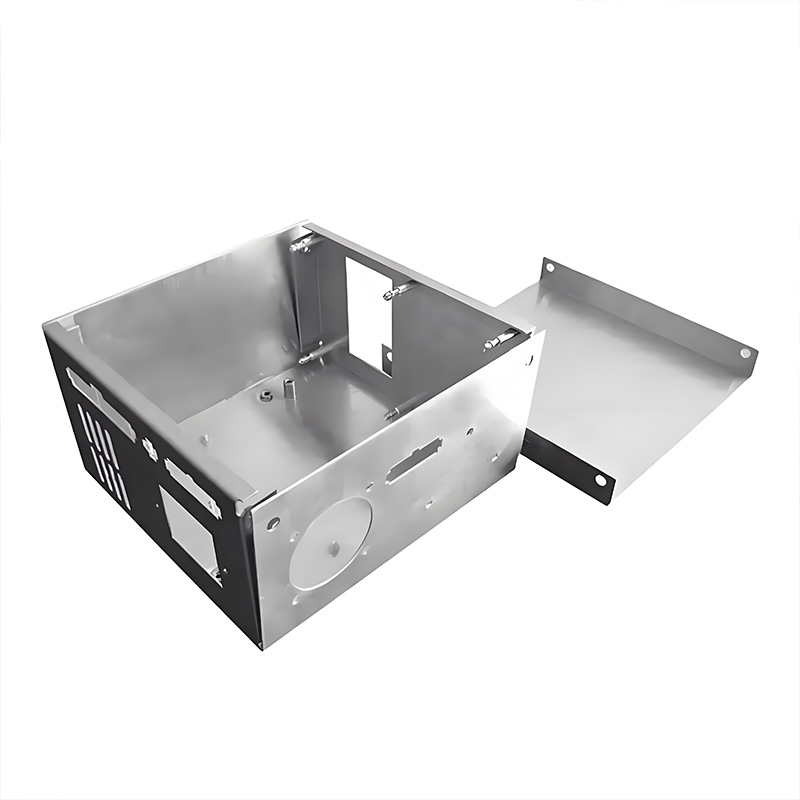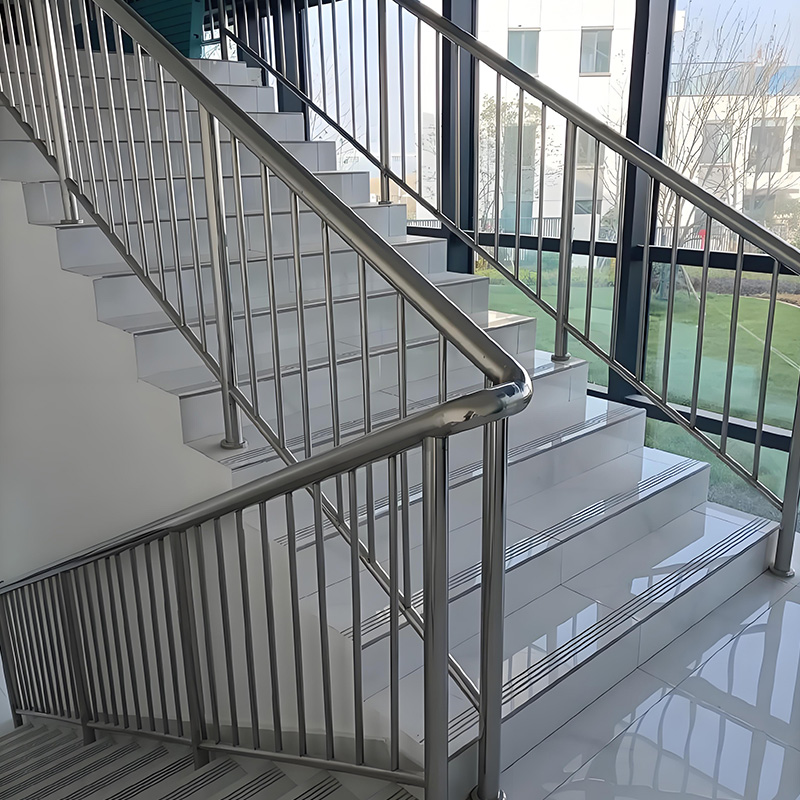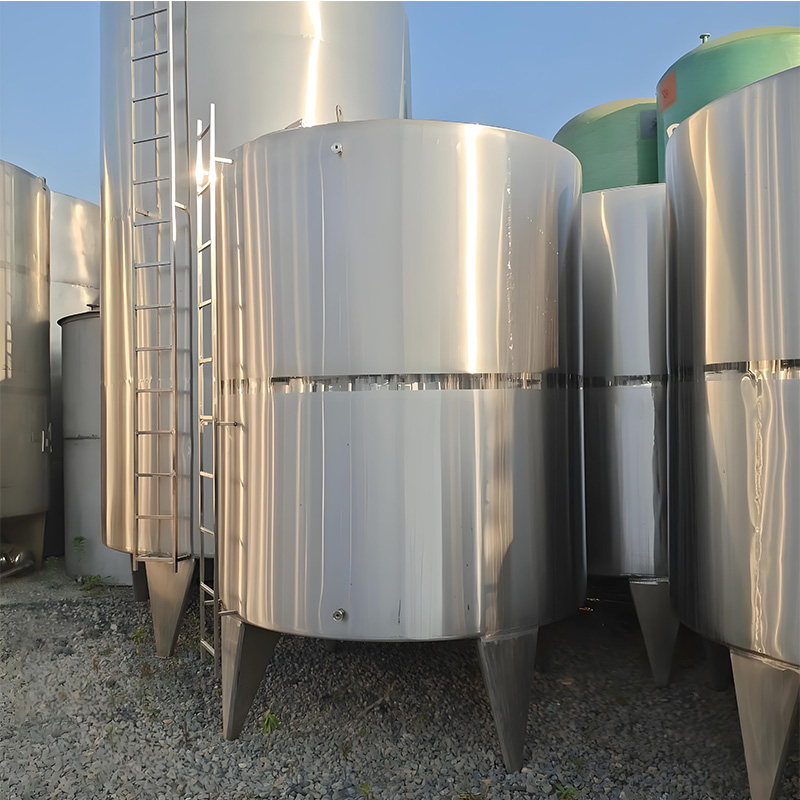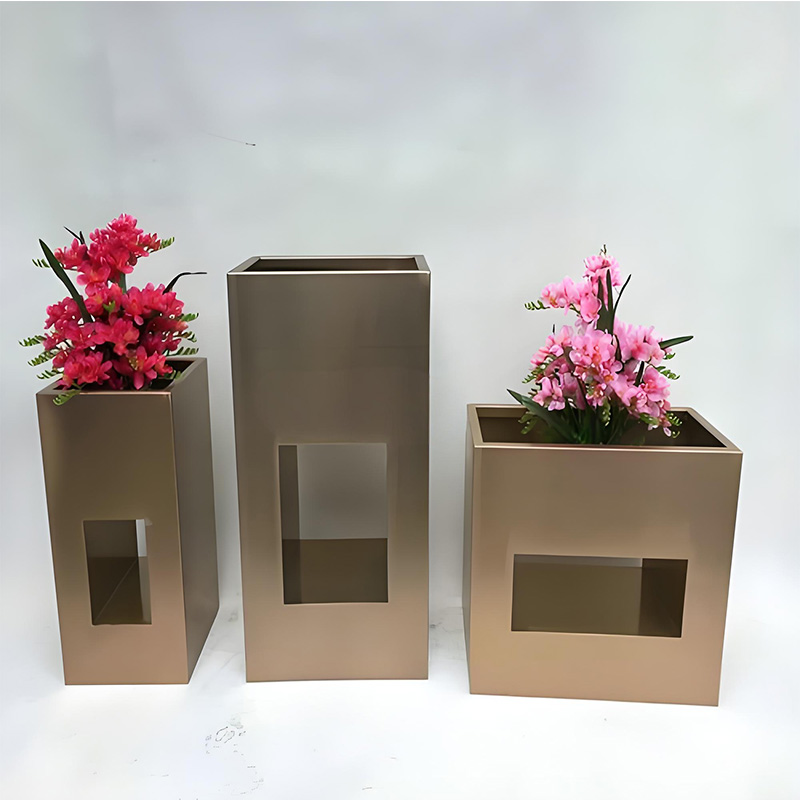Stainless Steel Storage Tank: How to Choose the Right Capacity?
Stainless Steel Storage Tank: How to Choose the Right Capacity for Your Needs
Did you know that selecting the wrong tank capacity can increase operational costs by up to 40%? With capacities ranging from compact 50L units to massive 100,000L industrial systems, stainless steel storage tanks serve diverse industries—but choosing the right size is far more complex than just estimating volume. Let’s dive into the science and strategy behind capacity optimization.
Why Tank Capacity Impacts Everything
Capacity isn’t just about storage volume—it dictates structural design, material thickness, maintenance frequency, and even site selection. For example, tanks exceeding 20,000L often require outdoor installation due to spatial constraints and safety regulations :cite[1]. Too small, and you’ll face constant refills; too large, and you risk material degradation or wasted resources. Interestingly, our team observed in a 2023 dairy project that a 30% oversized tank accelerated product quality loss due to extended residence time. So, how do we strike the perfect balance?
Key Considerations for Your SS Storage Tank Capacity
Selecting the ideal size requires evaluating five critical factors:
1. Application & Industry Requirements
Food and pharmaceutical tanks need frequent cleaning, favoring smaller modular units (500L-2,000L) for easier sanitization. Chemical storage often demands larger capacities (10,000L+) with corrosion-resistant 316L grade :cite[3]:cite[8]. Water storage tanks like Malaysia’s King Kong HR800 (8,000L) prioritize volumetric efficiency with vertical designs :cite[7].
2. Volume & Flow Rate Calculations
Calculate your minimum operational volume with this formula:
Daily Requirement × Buffer (1.2-1.5) + Safety Margin
A brewery needing 5,000L daily with 25% safety buffer requires at least a 6,250L tank. Remember to account for peak demand cycles!
3. Physical Space & Installation Constraints
Vertical tanks save floor space but may require structural reinforcements for heights >4m. Mobile tanks with wheels (like 2,000L units) suit flexible operations but max out at ~5,000L :cite[8]. Measure doorways, ceiling clearances, and access routes—before ordering.
4. Material & Wall Thickness
Larger capacities need thicker walls (3-5mm vs. standard 2mm) to withstand pressure, adding 15-30% to material costs :cite[10]. Counterintuitively, a 10,000L 304 stainless tank may cost less per liter than a 1,000L unit due to economy of scale.
5. Operational Efficiency Goals
Automated CIP systems in large tanks reduce labor but increase energy use. Small tanks enable batch diversification but raise per-unit handling costs.
| Capacity Range | Best For Industries | Space Needed | Cost per Liter |
|---|---|---|---|
| 50-500L | Lab, Pharma, Craft Beverages | 0.5-2 m² | Highest ($8-$12/L) |
| 1,000-10,000L | Food Processing, Dairy, Brewing | 3-15 m² | Medium ($3-$7/L) |
| 20,000L+ | Chemical, Water Treatment, Oil | Outdoor Installation | Lowest ($1.5-$2.5/L) |
Material Science Meets Capacity Planning
Not all stainless steel is equal when scaling capacity. Grade 304 contains 18% chromium/8% nickel and works for most non-corrosive liquids. However, grade 316 adds 2% molybdenum, providing superior resistance against chlorides or acids in large chemical storage tanks :cite[7].
Here’s the catch: material choice impacts lifespan differently by size. For example, a 30,000L water tank using 304 may corrode if chlorine levels exceed 50ppm, whereas 316L would tolerate 200ppm. Always specify internal polishing (Ra ≤0.45μm) for sanitary applications regardless of capacity :cite[10].
4 Costly Misconceptions in Tank Sizing
Warning: Avoid these common pitfalls when selecting your stainless container capacity:
Myth 1: “Oversizing saves money long-term” → Truth: Excess capacity increases stagnation risk, energy for temperature control, and upfront costs by 40-60%.
Myth 2: “All 316L tanks are corrosion-proof” → Truth: Molybdenum boosts resistance but improper venting (see King Kong’s enlarged vent caps :cite[7]) or acidic residues still cause pitting.
Myth 3: “Mobile tanks match fixed tank capacities” → Truth: Wheel-mounted units rarely exceed 5,000L due to structural limits :cite[8].
Myth 4: “Volume = working capacity” → Truth: Tanks require 10-15% headspace for safety and thermal expansion.
Step-by-Step Capacity Selection Guide
Follow this field-tested process to determine your optimal stainless steel storage tank size:
Step 1: Audit current/projected daily usage (include seasonal peaks). Use flow meters or production records.
Step 2: Define operational parameters: max hold time, temperature, viscosity, and cleaning frequency.
Step 3: Calculate gross volume: (Daily Volume × Hold Days) × 1.15 (safety margin).
Step 4: Evaluate site constraints: ceiling height, door widths, and floor load capacity. Remember, a full 10,000L tank weighs ~11,000 kg!
Step 5: Select material grade and configuration. For chemical storage >5,000L, vertical tanks with conical bottoms ensure complete drainage :cite[10].
Real-World Success Stories
Case A: A Malaysian water treatment plant reduced pumping costs by 22% by switching from five 2,000L tanks to one 10,000L King Kong stainless tank with optimized venting :cite[7].
Case B: In 2025, our team helped a craft brewery avoid 30% overproduction losses by rightsizing from 15,000L to modular 5,000L tanks. This allowed batch diversification while maintaining hygiene—proving bigger isn’t always better.
Conclusion: Capacity as a Strategic Asset
Choosing stainless steel storage tanks is a convergence of engineering and operational strategy. By aligning capacity with application-specific needs—from material science to spatial logistics—you transform a passive container into a value driver. Remember, the most cost-effective tank isn’t the cheapest per liter, but the one that precisely fits your process ecosystem.
Pre-Purchase Checklist
Use this checklist before finalizing your stainless steel storage tank:
Validated daily volume requirements (include 20% peak buffer)
Material compatibility test (304 vs 316L) for stored substance
Site verification: floor strength, access routes, utilities
Included accessories: level gauges, CIP ports, temperature probes
Certifications: ASME, CE, or industry-specific (e.g., FDA for food contact)
Post-installation maintenance plan (draining, gasket replacements)
Frequently Asked Questions
Q: Can I expand capacity by linking multiple stainless steel storage tanks?
A: Yes! Cascading tanks via sanitary piping is common in dairies and breweries. Ensure uniform material grades and pressure ratings.
text
Q: How does tank shape (vertical vs. horizontal) affect capacity efficiency?
A: Vertical tanks occupy 30-50% less floor space for equivalent volume but may require taller ceilings. Horizontal units enable easier internal access.
Q: What’s the realistic lifespan of a 10,000L+ industrial stainless tank?
A: With proper maintenance, 304 tanks last 15-25 years in water service; 316L extends to 30+ years for chemical storage. Annual inspections are critical.
Q: Are mobile stainless tanks as durable as fixed installations?
A: They offer similar material integrity but experience more stress at wheel joints. Limit mobile units to ≤5,000L and avoid corrosive road salts.
Q: How often should I clean tanks for food applications?
A: Between batches for allergens, or every 72 hours for non-allergenic products. Include CIP ports in tanks >500L for efficient cleaning.
